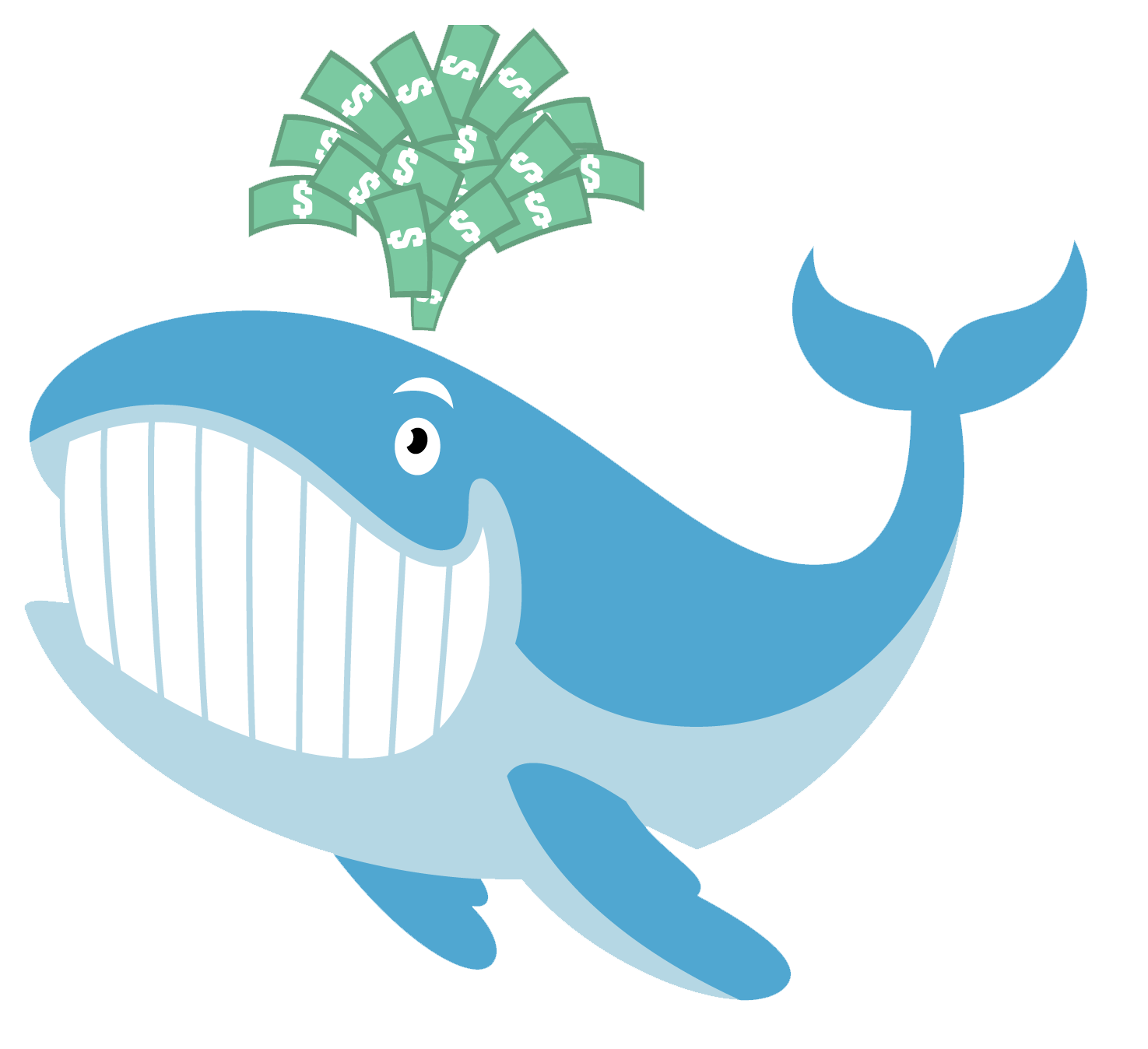Officials say food prices are dropping but shoppers aren’t buying it
Officials say food prices are dropping but shoppers aren’t buying it, per FORTUNE.
Slower-than-expected inflation in June should solidify hopes that Federal Reserve officials will feel confident enough to begin lowering interest rates.
Recent consumer price readings, including Thursday’s report, indicate that inflation is on track and trending sustainably back to the Fed’s 2% target after a period of stalled progress earlier this year.
With three inflation reports, including Thursday’s, before the Fed’s September policy meeting, the June data provided a “pivotal” piece in determining the path of potential rate cuts this year, writes Lindsay Rosner, head of multi-sector investing at Goldman Sachs Asset Management.
Thursday’s positive inflation report follows June employment data that showed continued moderation in the U.S. labor market. The unemployment rate increased to 4.1%, further supporting the argument for rate cuts. The odds of a September rate cut rose to 83% following Thursday’s inflation report, up from 70% on Wednesday, according to the CME FedWatch tool.
The June data exceeded expectations on nearly every front, with headline inflation experiencing a 0.1% monthly decline—something not seen since the early days of the pandemic. On an annual basis, headline inflation slowed to 3% from 3.3% in May.
As Glenmede’s Jason Pride puts it: “If CPI had a voice, it would be singing, ‘allow me to reintroduce myself, my name is deflation.’”
Moreover, core inflation, which excludes the more volatile energy and food prices, continued to show cooling. This measure is crucial for convincing Fed officials that the trajectory of price growth is sustainably heading downward. Core CPI was up 0.1% month-over-month in June, a slower pace than economists had expected.
“The smallest gain in core CPI since 2021 surely gives the Fed confidence that [the first quarter’s] hot CPI readings were a bump in the road, and builds momentum for multiple rate cuts this year,” writes Seema Shah, chief global strategist at Principal Asset Management.
The pace of core inflation was 3.3% year-over-year in June, easing from the 3.4% rate in May.
The details of the report also provided good news for consumers and Fed officials. Goods deflation continued, driven by falling new and used vehicle prices, while services costs also trended down. Housing costs, a persistently stubborn sector for inflation, increased just 0.2% month-over-month, a slowdown from the consistent 0.4% monthly increases seen previously.
